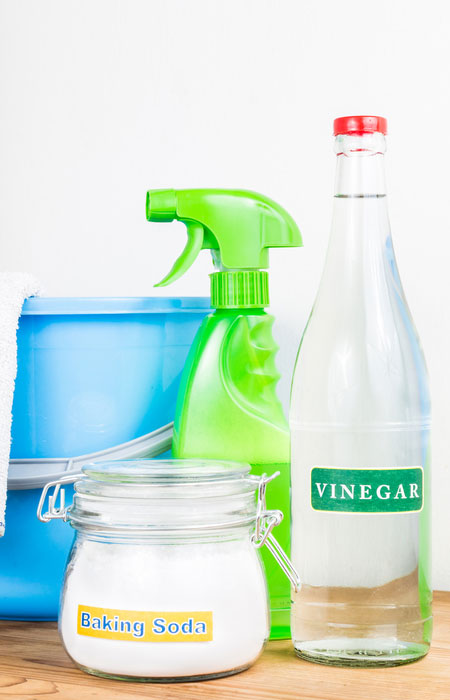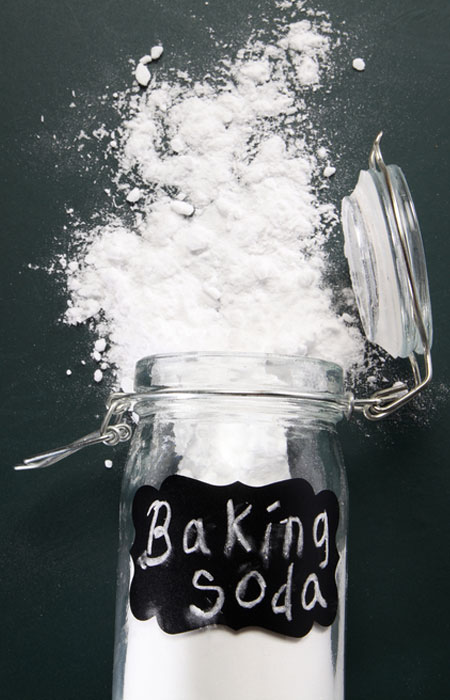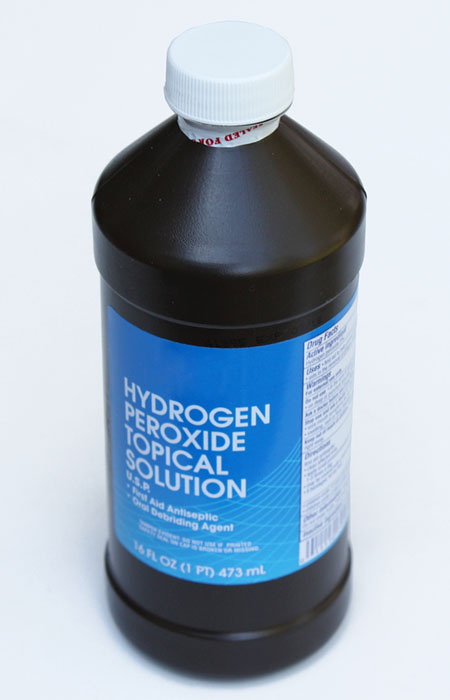Mold is a common problem faced by property owners. There are different species of mold that tend to hamper your lives. These molds not only destroy property but also take a toll on your as well as your family members’ heath. Green mold is one of the commonest molds that pose danger to you and your family.
Green mold is toxic by nature and can trigger a number of health issues such as runny nose, itchy skin, coughing, watery eyes, asthma and lots of other allergies. Children are usually more prone to such allergies once they come in contact with the spores that the molds release in the air.
First of all, we need to find out the truth about green mold. Green mold is actually different species of fungi mixed together which creates a greenish hue as they spread. Aspergillus, Cladosporium and Penicillium are the three types of species that make up the green mold.
It is always suggested to take a test at certain time intervals to make sure your property is not affected by green mold. You might not always recognise green mold because it might sometimes appear to be of a different colour in different surfaces. You should always look for green mold at places which tends to draw moisture.
You should always remember that wood is one of the most vulnerable targets of green mold. Wooden kitchen cabinets, wooden floor, wooden walls as well as the ceiling beams made of wood can be the perfect places for the green mold. Mold test kits are available in abundance for your help.
DIY Solutions for Green Mold Removal
Once you get a positive report through mold test kits you need to find out ways to remove green mold from your property. Here are some DIY methods to get rid of green mold.
- Vinegar – this is a common product in every household. You just need to water and vinegar in a bottle and spray it on the affected surface. The solution should be left for at least 1 hour before you wipe it with a wet cloth. You should remember to discard the cloth used for wiping the affected surface as soon as you finish the process. This will help you prevent spreading the mold spores to the other unaffected areas of your home.
- Hydrogen peroxide – this solution can be used in the affected areas that do not tend to get discoloured with bleach. You can use hydrogen peroxide to get rid of green mold from your floor or tiles or even ceiling. But it is better not to use it on carpets or upholstery because they might get discoloured. Water mixed with hydrogen peroxide should be sprayed on the affected area and left for at least 10 minutes before wiping with a cloth.
- Baking soda – this cleaning agent is also easily available at home. Mix water with baking soda in a ratio of 1:1 and then spray the solution on the surface affected by green mold. Leave the solution for at least 10 minutes before cleaning it with a wet cloth. You can repeat this process till you find the green mold has disappeared from the surface. You should wipe the area dry and remove excessive moisture to ensure that the area is no more a breeding ground of molds.
You might require professional help if you find out the green mold problem exists even after you try out the DIY methods. If the problem of green mold persists then you need to understand that the problem is deep rooted. You will also need professional mold remediation if the affected area in your property is more than 10 square feet.




